Grenfell tower: The beginning of the end for the Tory austerity regime
Grenfell is a manifestation of the violence waged silently every day against the lives of the poor – an entirely avoidable tragedy generated by the housing crisis, austerity, deregulation and outsourcing. Youssef El-Gingihy explains
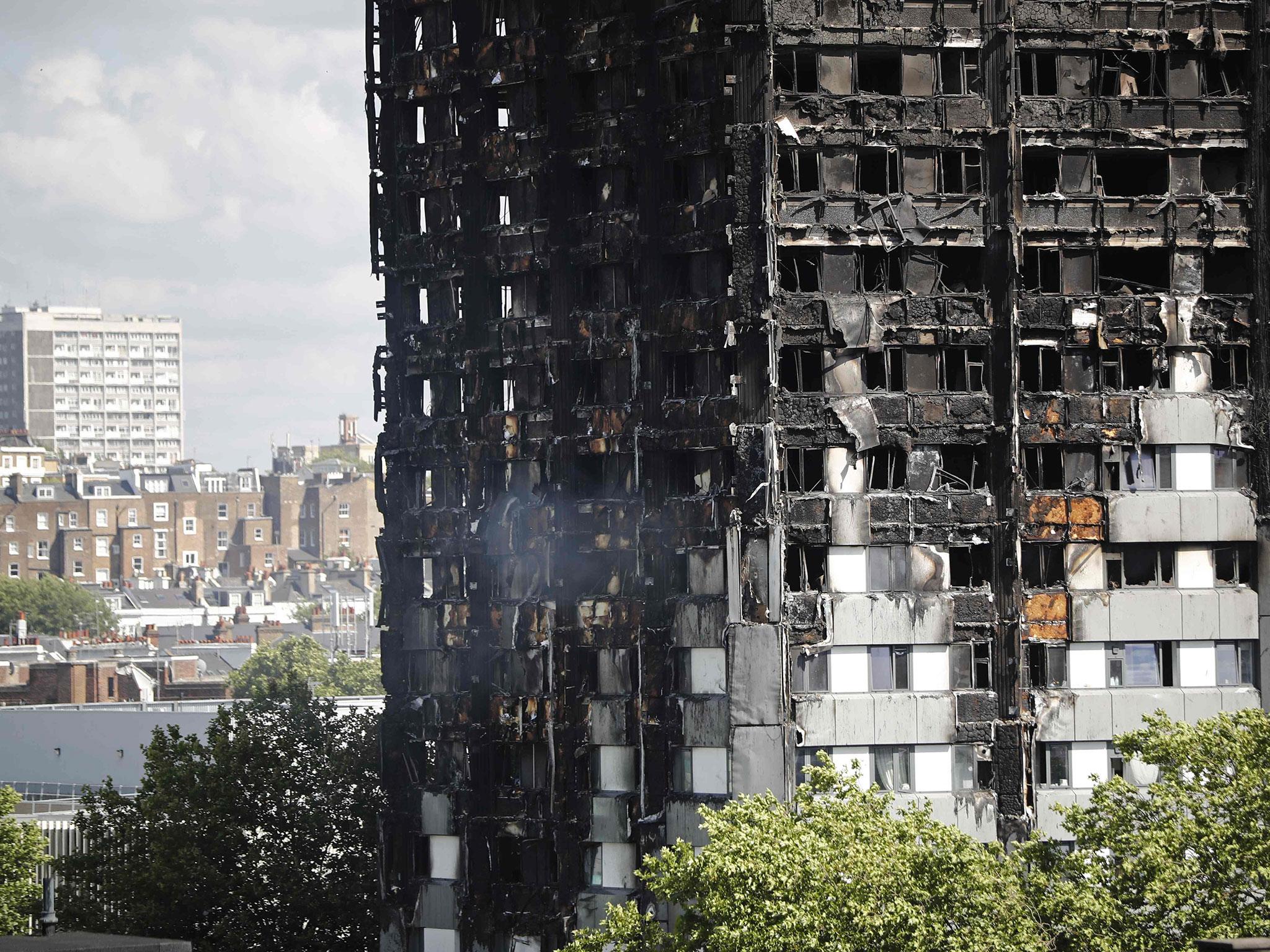
Your support helps us to tell the story
From reproductive rights to climate change to Big Tech, The Independent is on the ground when the story is developing. Whether it's investigating the financials of Elon Musk's pro-Trump PAC or producing our latest documentary, 'The A Word', which shines a light on the American women fighting for reproductive rights, we know how important it is to parse out the facts from the messaging.
At such a critical moment in US history, we need reporters on the ground. Your donation allows us to keep sending journalists to speak to both sides of the story.
The Independent is trusted by Americans across the entire political spectrum. And unlike many other quality news outlets, we choose not to lock Americans out of our reporting and analysis with paywalls. We believe quality journalism should be available to everyone, paid for by those who can afford it.
Your support makes all the difference.Nothing can prepare you for the first sight. You may have seen images on television or pictures in the newspaper but the grim reality is of another order of magnitude. As you approach the area, Grenfell Tower is obscured by other buildings. I had been in the middle of a heated conversation with a friend when suddenly, as we turned a corner, it became visible. We both fell silent.
I have never seen anything like it in my life. The infernal scene is beyond words. The burnt-out shell of a building is a vision of hell. A recently released video of firefighters rushing to the scene documents their disbelief at the extent of the fire. It spread rapidly along the exterior flammable cladding from the fourth floor right to the top of the 24-storey tower.
Grenfell Tower, in effect, became a massive incinerator and a funeral pyre. It now stands as an eerie, haunting mausoleum.
Walking around the streets of the neighbourhood, the shellshock and anger are palpable. The memorials are stacked with flowers and messages of condolence. One message decries ‘'corporate manslaughter'’, which has been echoed by David Lammy MP for Tottenham.
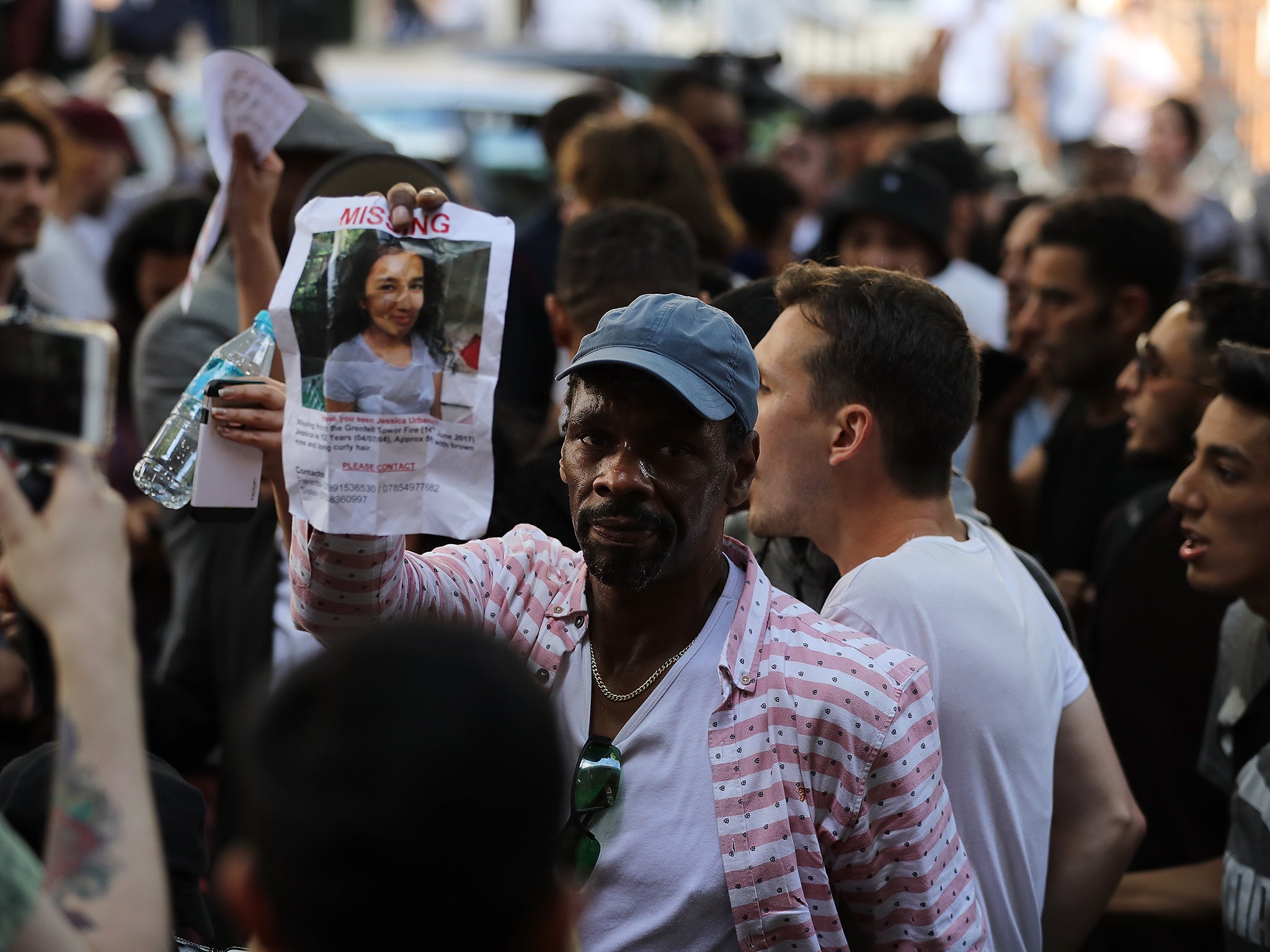
I come across another chilling message stating that there could be more than 300 missing. I hear residents talking about the riots to come when the final death toll, likely to be in triple figures, is announced. I overhear a television reporter stating that it could become the largest loss of life on British soil since the Second World War.
There is a feeling in some quarters that the Tory council and government have blood on their hands. Lily Allen expressed her disgust to Jon Snow on Channel 4 news at the down-playing of the death toll by the government and mainstream media.
Other messages describe naked gas pipes, the lack of an integrated fire alarm system, cheap flammable cladding and one staircase for the building. In other words, this appears to have been a death-trap. Worse than that, multiple warnings about fire safety from the residents’ group Grenfell Action were ignored by the Kensington & Chelsea Tenant Management Organisation.
The vicinity has been cordoned off, which seems strange at a time when this community desperately needs help and healing. The lock-down containment approach, as if the community is a threat, would appear to be insensitive.
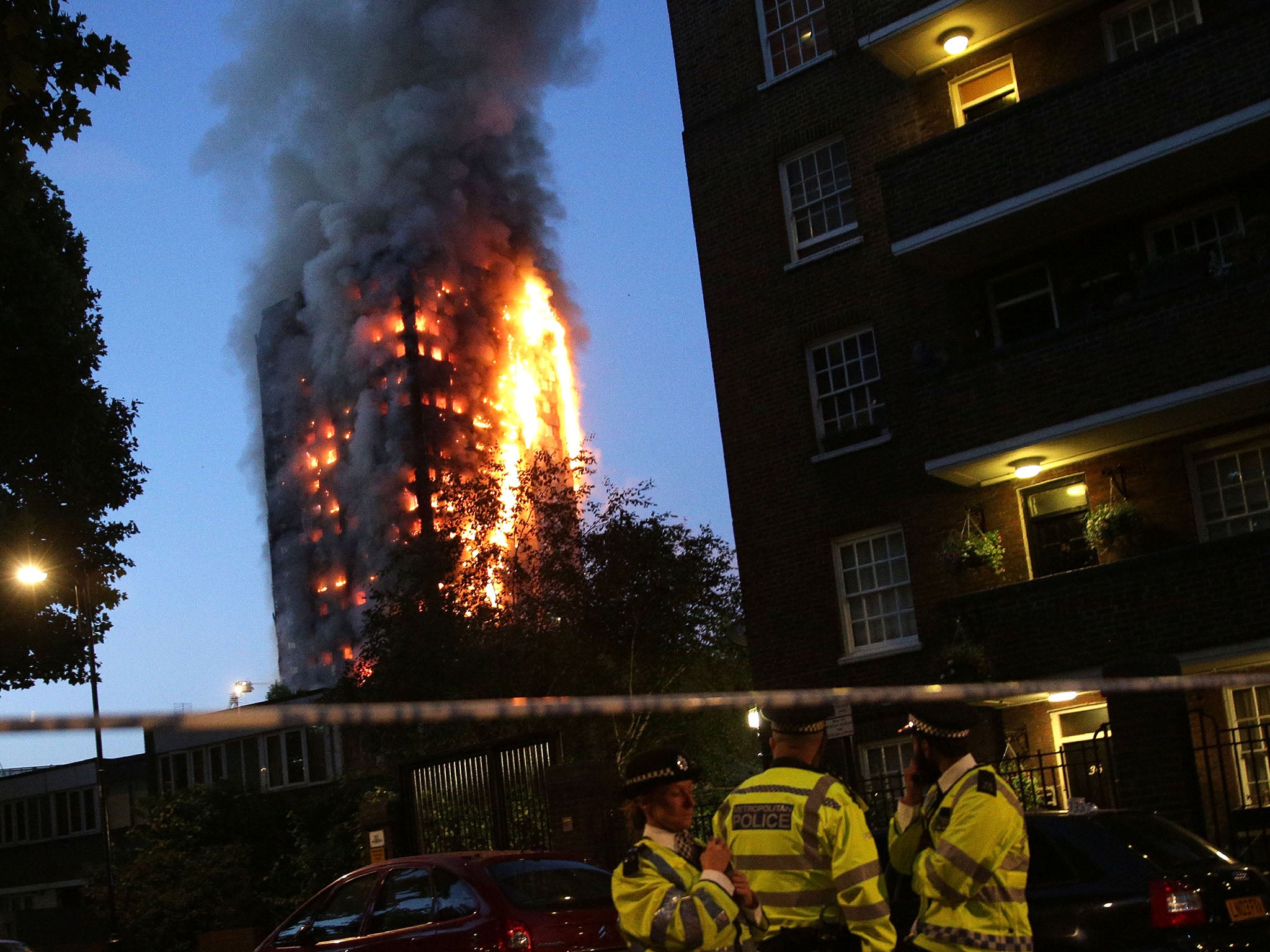
Silver private ambulances come and go ferrying the bodies. Drones hover from floor to floor relaying images as part of the salvage operation. Grim-faced firefighters leave the scene with expressions betraying the fact that they have seen the unspeakable.
There can be no hiding what has taken place here. The Grenfell building will remain standing for months as a massive scar on our conscience. It represents what happens when a society loses contact with any semblance of humane reality and forgets to look after its poor and vulnerable. Grenfell has become the physical embodiment of our collective guilt; the manifestation of the violence waged silently every day on the lives of the poor.
This was not simply an accident; as a public inquiry or coroner’s inquest is likely to prove. It was an entirely avoidable tragedy of immense proportions generated by the housing crisis, austerity, deregulation and outsourcing. Grenfell has become a grim monument, a ghastly tomb symbolising the Tory austerity regime; arguably it is bigger than that – a proxy for the unmitigated folly of the neoliberal ideology of deregulated free market orthodoxy favoured by successive governments.
Protests
It was evident that something was stirring on the Friday after the fire. The general election result had resulted in a power vacuum with a prime minister perceived as illegitimate by many. The horrific tragedy of Grenfell, in the middle of a summer heatwave, was the spark that lit the tinderbox.
May’s private visit to the scene in which she managed to avoid meeting survivors or locals further enraged the community. The following day, as she left nearby St Clement’s Church, her motorcade was swamped by an angry crowd with screams of “murderer” and “coward” directed at her.
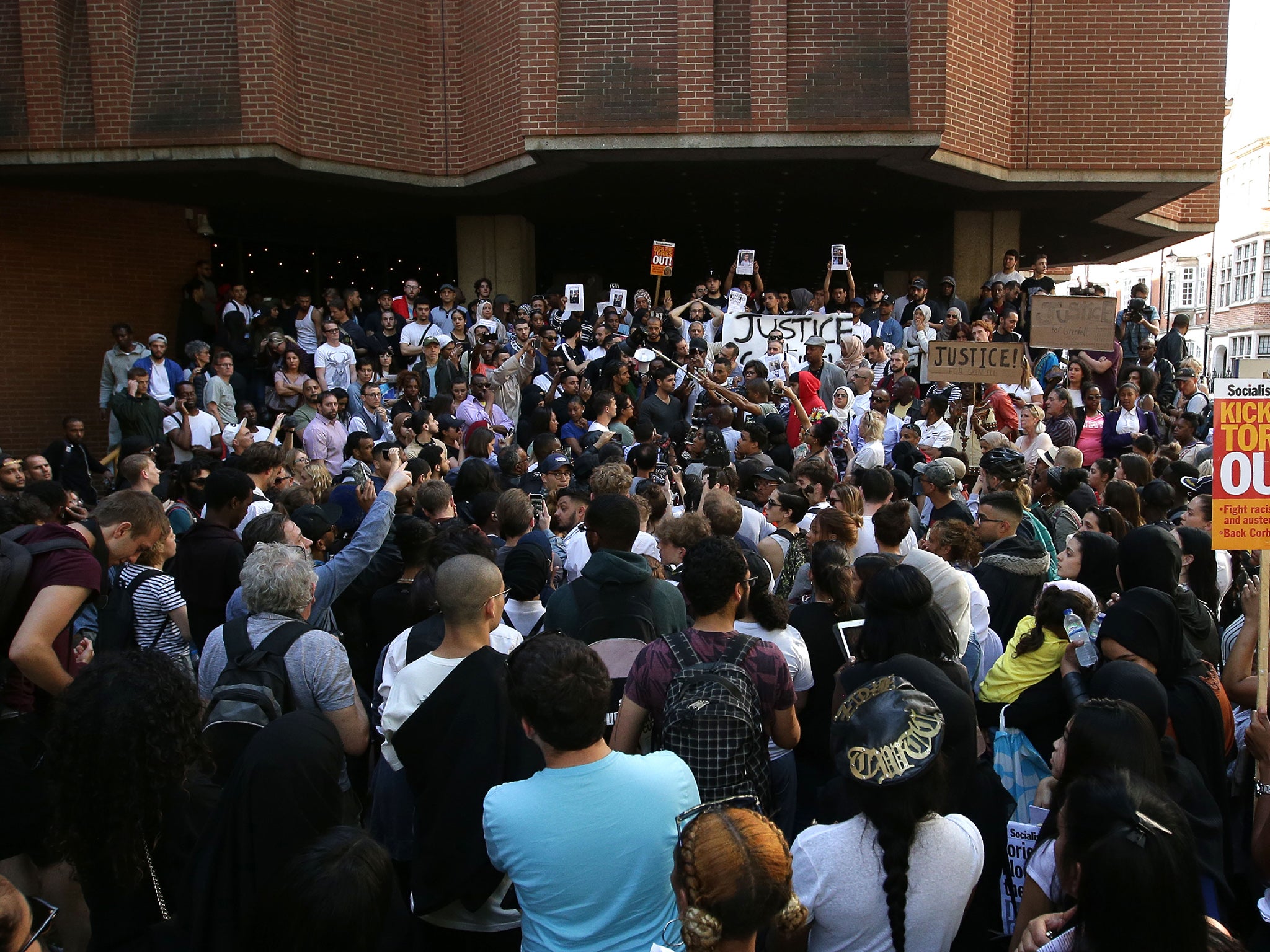
Meanwhile, an occupation of Kensington and Chelsea town hall was also under way; while a Justice for Grenfell demonstration proceeded from Westminster past Downing street temporarily blocking Oxford Circus before reaching BBC Broadcasting House at Portland Place. Chants of “Oh Jeremy Corbyn” alternated with “May must go”.
Eventually, the march made its way to Kensington with buses and taxis honking in support. On the demo, I met an angry local resident, who told me that he had survivor guilt and was compelled to seek justice in memory of the victims.
One has become resigned to depoliticisation of even the most political events. And so it was remarkable to see the politicisation of Grenfell by locals in the immediate aftermath. They were ahead of the curve educating us all with unmediated, unfiltered analysis.
The result is that May’s new administration has been delegitimised with immediate effect. Her newly appointed chief of staff Gavin Barwell is the former housing minister, who lost his seat in the election. Barwell had promised a review of fire safety building regulations in the wake of the Lakanal House fire in south-east London that killed six people in 2009. However, this review has yet to materialise. May’s reappointed foreign secretary Boris Johnson is keen to avoid politicisation of Grenfell; perhaps unsurprisingly as the former mayor of London.
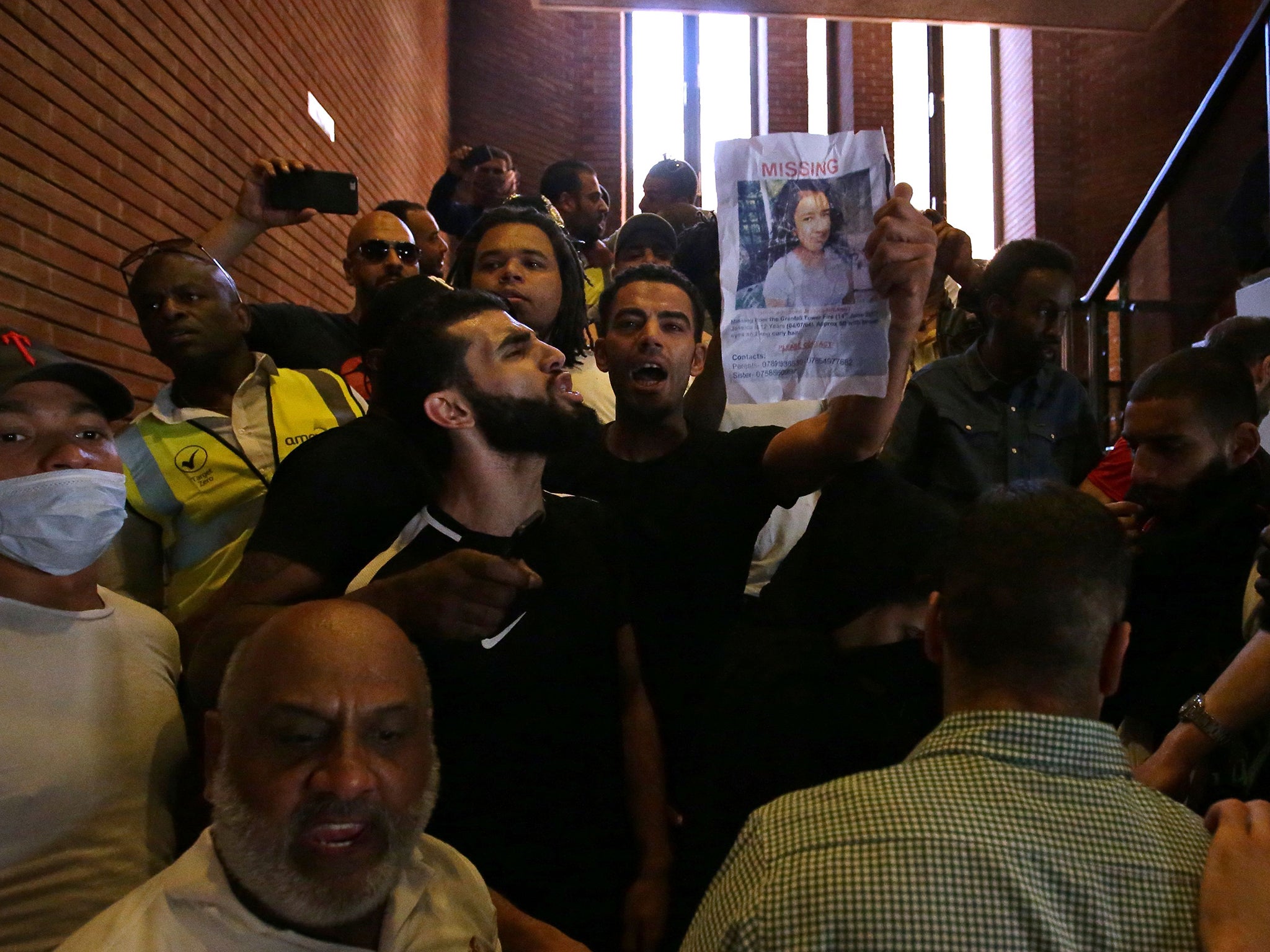
In a Newsnight interview designed to stymie the crisis, Emily Maitlis confronted May with the need for a public apology. But May’s stilted response was slammed for her lack of empathy. A few days later, Good Morning Britain host Piers Morgan tore into a po-faced Michael Gove over the government’s callous response to families, who have lost everything.
There is clear anger directed not only at the government but at the media too. While the mainstream media has been more interested in framing the narrative as a human interest tragedy, the locals are not having any of it. One extraordinary video showed a man chastising a reporter about the smear campaign waged relentlessly against Corbyn. In another viral video, a young man tells the BBC: “‘The whole situation that’s going on in this area ... they don’t want us here and have those rich-man blocks over there”.
The housing crisis
In a report titled Scaring the Living Daylights Out of People: The Local Lobby and the Failure of Democracy commissioned by corporate watchdog Spinwatch, Anna Minton outlines the familiar pattern replicated across the country. Lobbyists label social housing as ‘'sink estates'’ plagued by crime, gangs and drug addiction. This justifies what is euphemistically referred to as gentrification or regeneration: otherwise described by local communities as social cleansing.
The demolition of social housing estates, such as the Heygate estate in Southwark, has made way for luxury flats with many bought by super-rich investors. Plots are often sold abroad in Asia or the Middle East prior to domestic sales. And it is not just property developers cashing in. Big banks, magic circle law firms, big four accountancies and contractors have all jumped aboard the gravy train. In effect, this destruction of social housing facilitates privatisation and financialisation in keeping with the neoliberal ideology.
Free market think-tanks, such as the Institute of Economic Affairs and the Centre for Policy Studies, encircle the Westminster bubble. They have been denouncing regulations as red tape for several decades. At the same time, property developers lobby government and make generous political party donations.
David Cameron’s government promised business a red tape challenge while Brexiteers dream of a bonfire of regulations. In return, deregulation has facilitated the multi-billion pound profits of developers. Now activist groups are firing back that regulations actually save lives. Back in 2006, the law was changed so that building owners, rather than fire services, were made responsible for assessing fire risk in multi-occupancy buildings.
The bigger picture is one of corporate capture of national and local government through various mechanisms. Cosy relationships between councils and property developers enabled through revolving doors. Housing ministers seated next to property executives at Conservative fund-raisers as happened at the Black and White ball in 2014. Landlord Tory MPs voting down a Labour amendment to the Housing and Planning Act in 2016, which sought to ensure that all private landlords made certain that their properties are “fit for human habitation”.
The housing market has been massively dysfunctional for some time. In fact, that phrase housing market is the clue – housing has become a financial instrument and not a universal right or social good. We are confronting nothing less than a full-scale national housing crisis. This is not the making of one government alone. It extends to cross-party councils and at least as far back as the 1980s when Thatcher’s Right to Buy scheme paved the way for the dismantling of social housing.
A tale of two cities
London has always been a divided city but the current levels of polarisation have arguably not been seen since the age of Victorian East End slums. The sense of dispossession is illustrated by the fact that the capital has become a mecca for the international super-rich leading gilded lives while its citizens are ostracised.
As property and rental prices have soared, the workers servicing the rich, sweeping the streets, nursing the sick, teaching children and driving the buses have been pushed out to the margins forced to commute large distances. Middle income earners and first-time buyers are finding that they are priced out of the market with average London house prices reaching £500,000.
Kensington and Chelsea borough has long been synonymous with wealth; a byword for the absolutely fabulous lives of the rich and famous. It may be the richest borough in the UK but the real story is a tale of two boroughs – one of massive inequality with rich and poor living cheek by jowl. As Jeremy Corbyn pointed out, South Kensington is the wealthiest part of the country while North Kensington is extremely deprived.
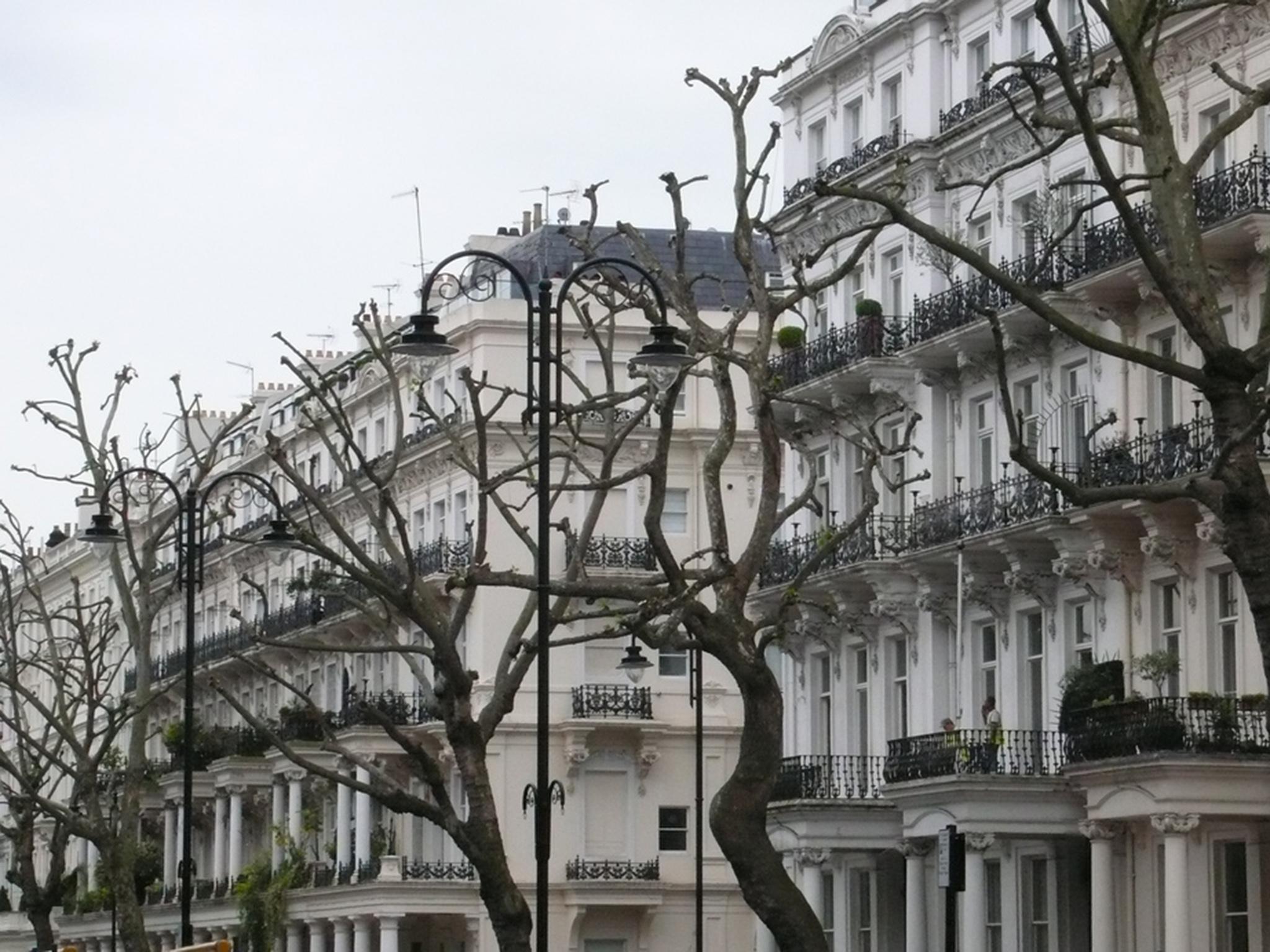
A stone’s throw from Grenfell, new luxury blocks are under construction. Behind the estate lies Lancaster road with a row of eye-wateringly expensive homes. According to Zoopla, a four-bedroom town house here can be yours for the princely sum of £4 million while a two bedroom flat is on sale for £1.6 million.
At the intersection between the estate and Lancaster road, I watched Porsches, Range Rovers and Aston Martins drive by. These communities are worlds apart. The borough is a microcosm of the entire UK with widespread deprivation interspersed with pockets of affluence. It is no surprise that Kensington and Chelsea has just voted Labour for the first time.
Breaking point
An important part of this narrative is austerity. Cost-cutting is writ large over the Grenfell tragedy whether in the decision to use cheaper, flammable cladding or not to instal sprinklers. The lowest levels of house-building since the 1920s, cuts to housing benefit and the bedroom tax, in effect, represent an all-out onslaught on social housing. Massive cuts to public services, including emergency services and fire station closures, have also contributed to this catastrophe.
The austerity regime appears to be splintering and disintegrating. Chancellor Hammond has recently stated the government is not deaf to the election result and that the austerity slog will need to be eased. Yet even this statement demonstrates a woeful disconnection with the figuring of austerity as some kind of long distance run when it actually kills. A recent major study showed that 30,000 excess deaths in England and Wales in 2015 were likely to be linked to NHS and social care cuts. Thousands of people have died after being found fit for work according to statistics from the Department for Work and Pensions.
The hollowed-out state
Grenfell has highlighted the ineffectual response of the state. The rush of volunteers and the amount of donations pouring in have been heartening but the question on everyone’s lips is: where is the state?
The answer is partly that the hollowed out state has been unable to mount an effective response. This is reminiscent of the aftermath of Hurricane Katrina. May’s private visit, avoiding locals even as 91-year-old Queen Elizabeth II managed to get there first, has drawn unfortunate comparisons with former president George Bush peering out of an airplane window as he flew over the destruction of Katrina.
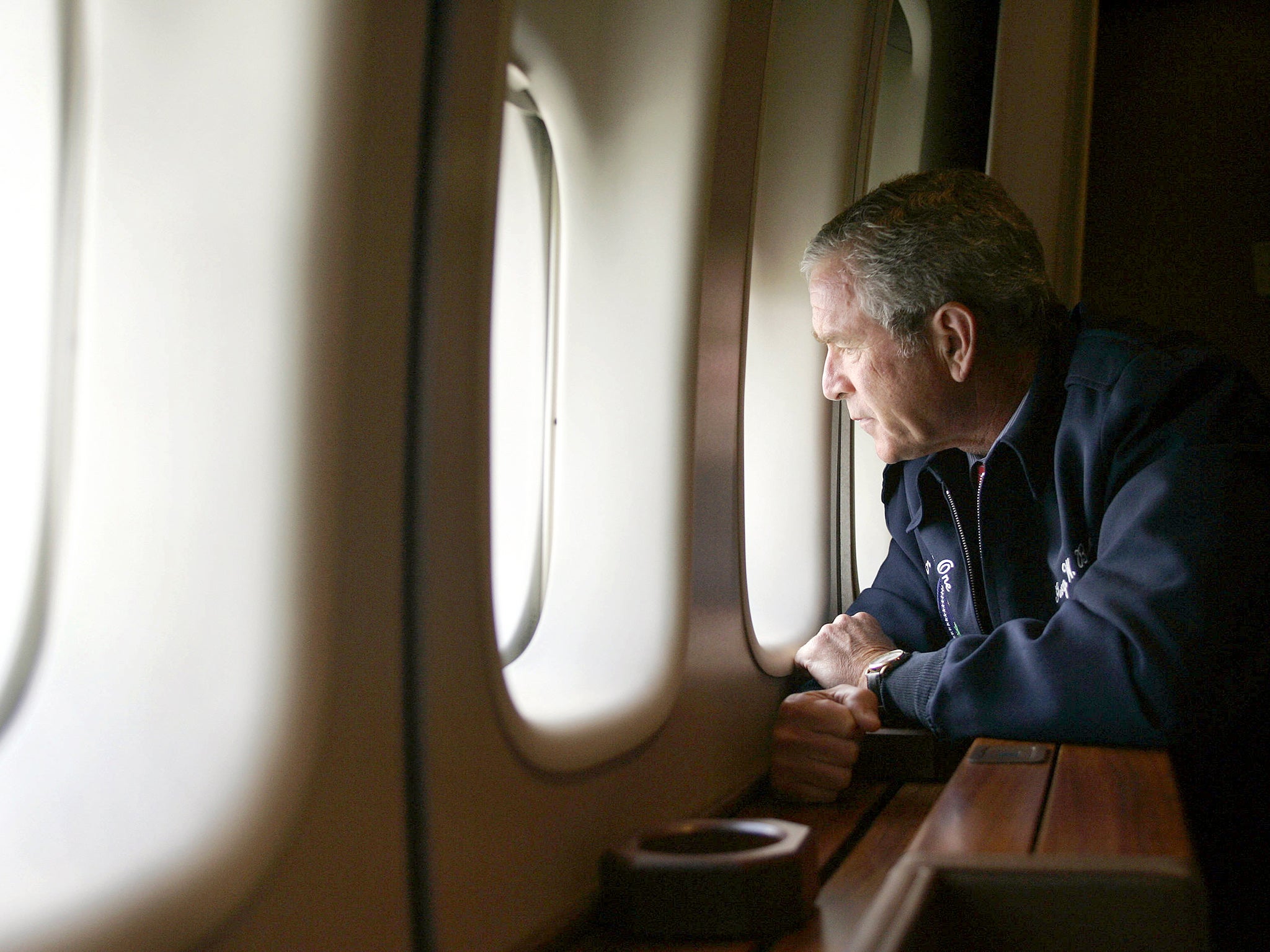
Arguably, the state is simply unwilling. It is actually something of a misconception to believe that neoliberal ideology is anti-state. The state is the greater enabler of the free market creating, incentivising and policing markets, bailing out banks and providing massive public subsidies to the private sector.
The seemingly out of touch and callous response from May really reflects a political class disconnected from the voters they represent. This is no surprise with the Conservatives funded by the corporate and financial elite. As the Bureau of Investigative Journalism revealed in a 2011 study, 51 per cent of Conservative Party donations came from financial services.
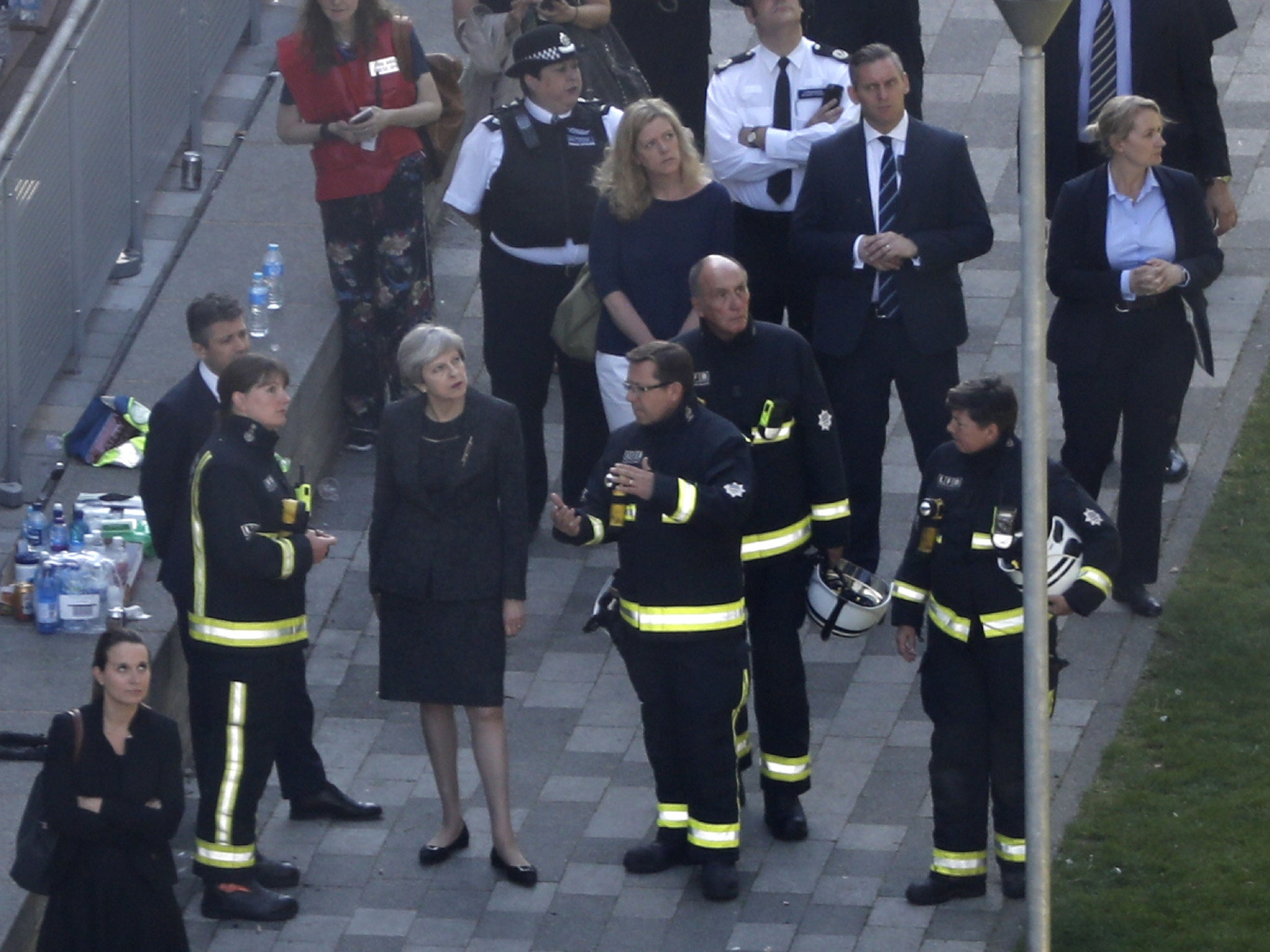
The simple truth is that this would never have happened if the victims had been rich. Neoliberal doctrine considers certain lives more valuable than others with poor black and ethnic minorities pretty much near the bottom of the pile. Boris Johnson subscribes to the social Darwinism of the 19th century philosopher Herbert Spencer. Spencer as well as various 20th century neoliberal thinkers espoused that inequality is desirable as the engine of economic growth. In other words, some lives are expendable. The Justice for Grenfell movement has already taken off but will it really be possible for the same system that produced this abomination to deliver justice?
The beginning of the end for the Tory austerity regime?
The Grenfell Tower fire may come to represent the moment that a community, a city and a nation decided that enough is enough – the moment a nation took May’s slogan and venomously spat it back. Enough of the Conservative government, enough of austerity and perhaps even enough of neoliberalism.
Corbyn and McDonnell tapped into the disaffected public mood by stating that empty Kensington apartments should be requisitioned if necessary for rehousing Grenfell families. With demands growing louder, Capital is likely to be forced to make the necessary concessions. The purchase of 68 luxury Berkeley apartments by the Corporation of London for rehousing families demonstrates this. Shockingly, there have been murmurings of discontent from some residents that this could affect property prices.
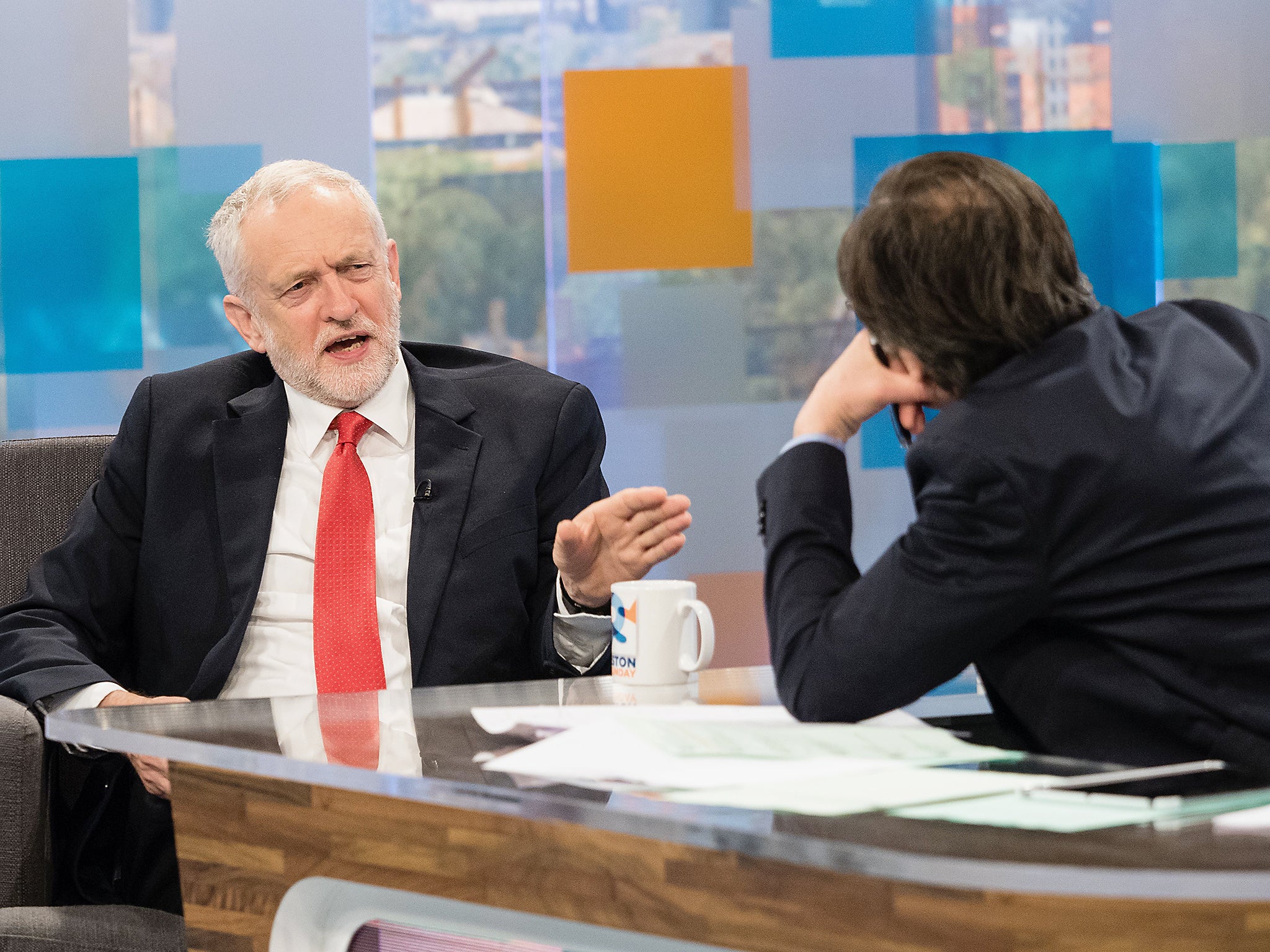
The British establishment has always understood the need to accommodate and adapt when required. As the Tory MP Quintin Hogg put it after the war,:“If you do not give the people social reform they are going to give you social revolution.”
In fact, this process was already under way during the election campaign with the subtle tilting of elements of the corporate media against May and an impending hard Brexit. At the same time, Corbyn received more favourable coverage and was deemed respectable – and this was not simply down to rules on impartiality for broadcast media during an election.
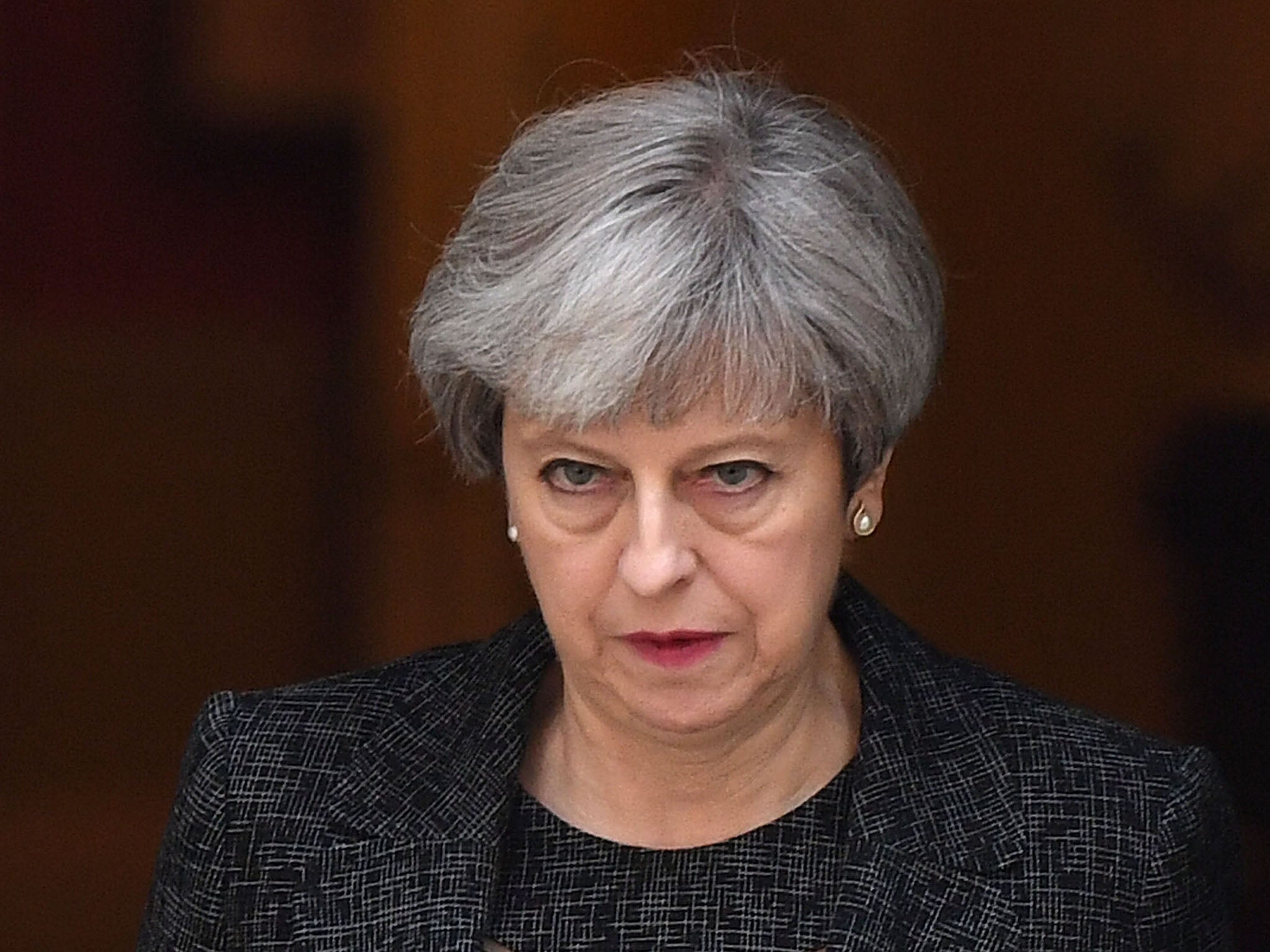
Now that May is dispensable, it is not only her party that is in an unforgiving mood. Murdoch’s retribution for May’s incompetence has been swift and brutal. The Sun screamed “It was Murder” last Saturday on its front page over Grenfell. Meanwhile, from his perch at the helm of the Evening Standard, George Osborne, a former Tory chancellor, has lobbed molotovs, such as the post-election special front page: MAY HUNG OUT TO DRY.
In 2016, the populist (albeit largely reactionary) wave delivered Brexit and Trump. In response, the second act of this political drama has seen the mobilisation of the left with the popularity of Corbyn in Britain and Jean-Luc Mélenchon in France following on from Bernie Sanders in the US.
The most attuned capitalists, the owners of the planet or the masters of the universe, if you like, understand that their power depends on making necessary concessions. There will be members of the elite, who remain deaf to the growing tide of discontent. If so then Marie Antoinette’s flippant, “Let them eat cake” will need to be updated for the 21st century. Of course, we all know how that ended for the House of Bourbon.
Theresa May has already had a go by stating that, “there are many complex reasons why people go to food banks”. Today’s haute bourgeoisie refrain in an age when eight billionaires own as much wealth as the bottom half of the world’s population would probably be, “Let them drink champagne”. Woe betide those who ignore the anger of the dispossessed.
Youssef El-Gingihy is the author of How to dismantle the NHS in 10 easy steps published by Zero books.
http://www.zero-books.net/books/how-dismantle-nhs-10-easy-steps
Join our commenting forum
Join thought-provoking conversations, follow other Independent readers and see their replies
Comments